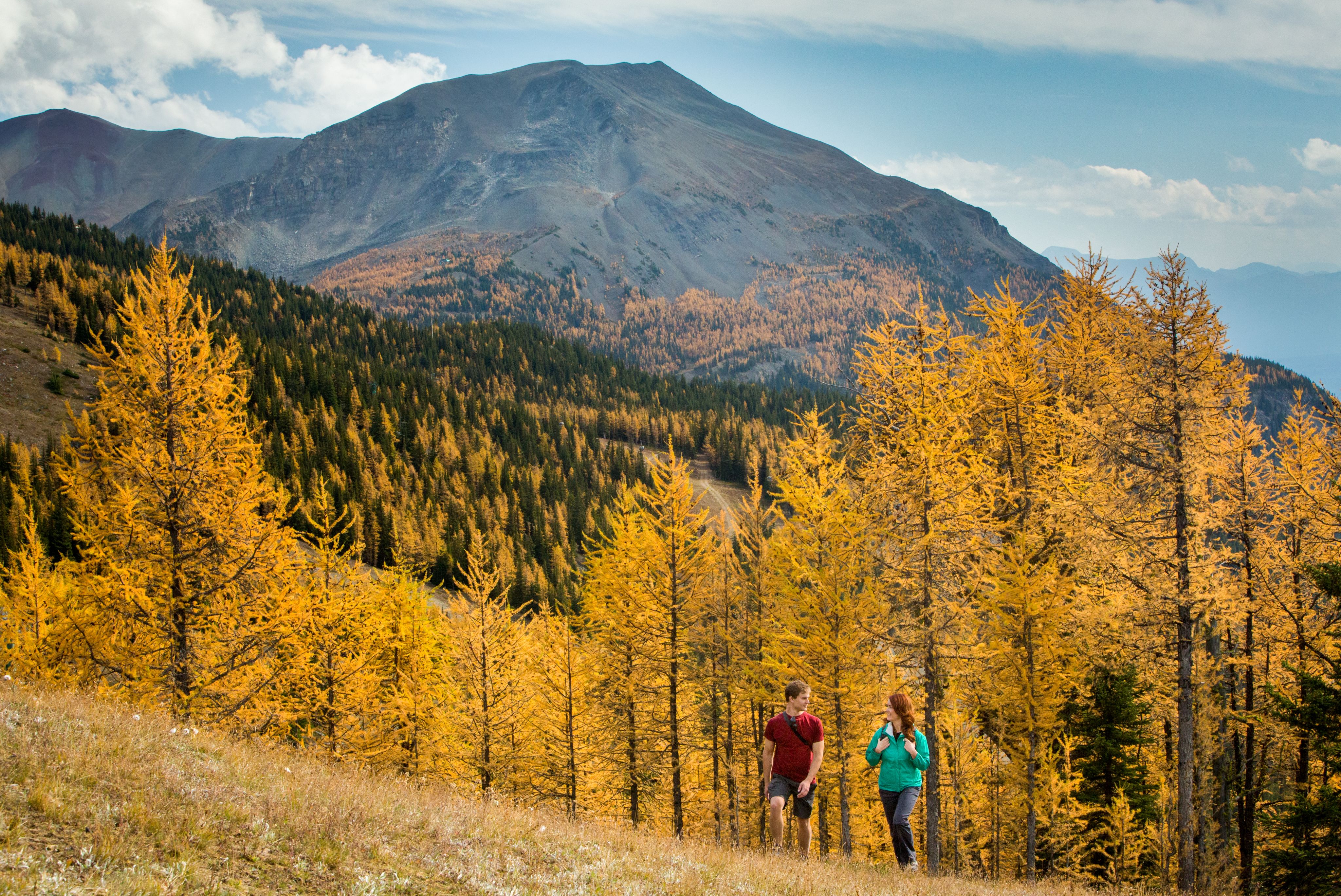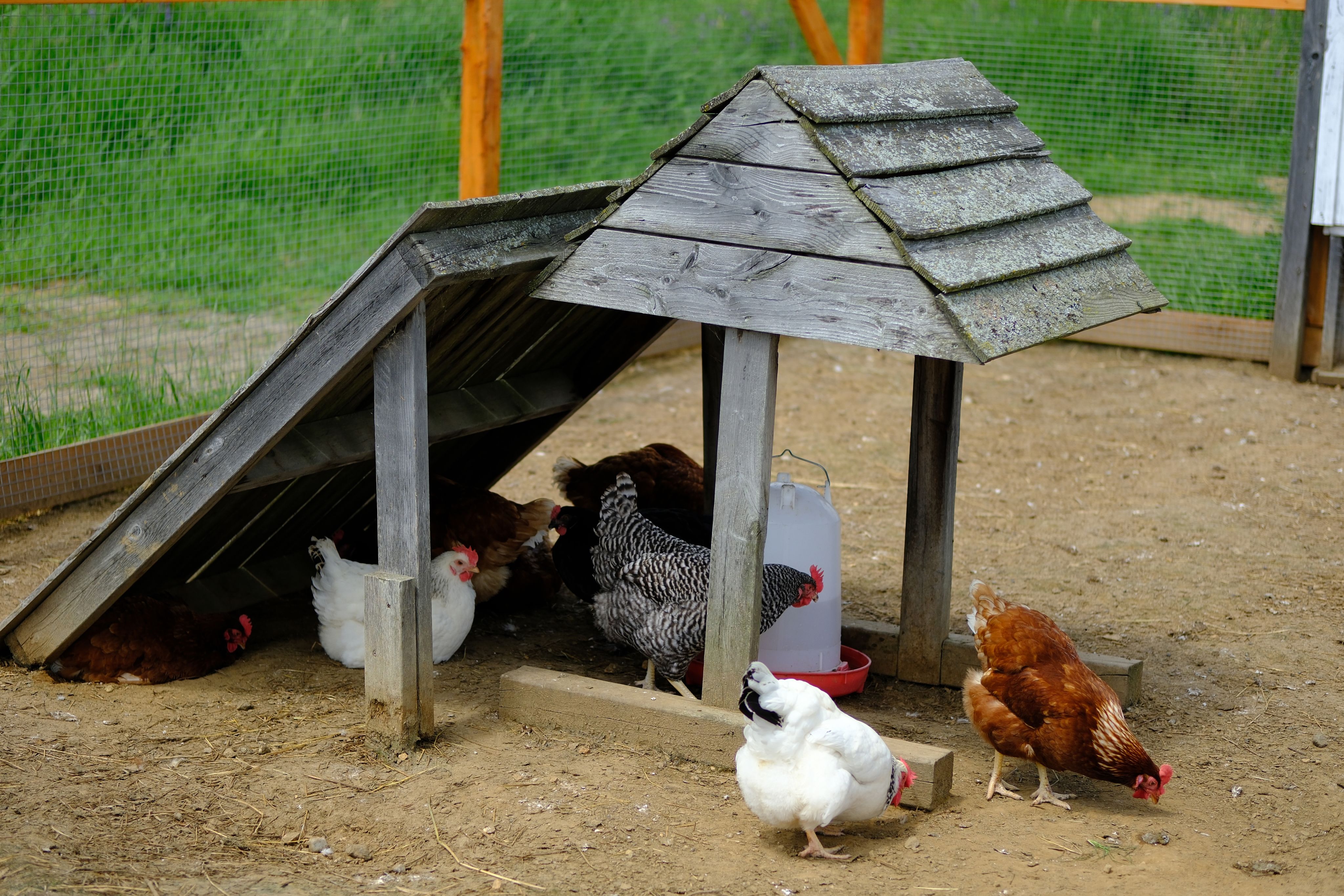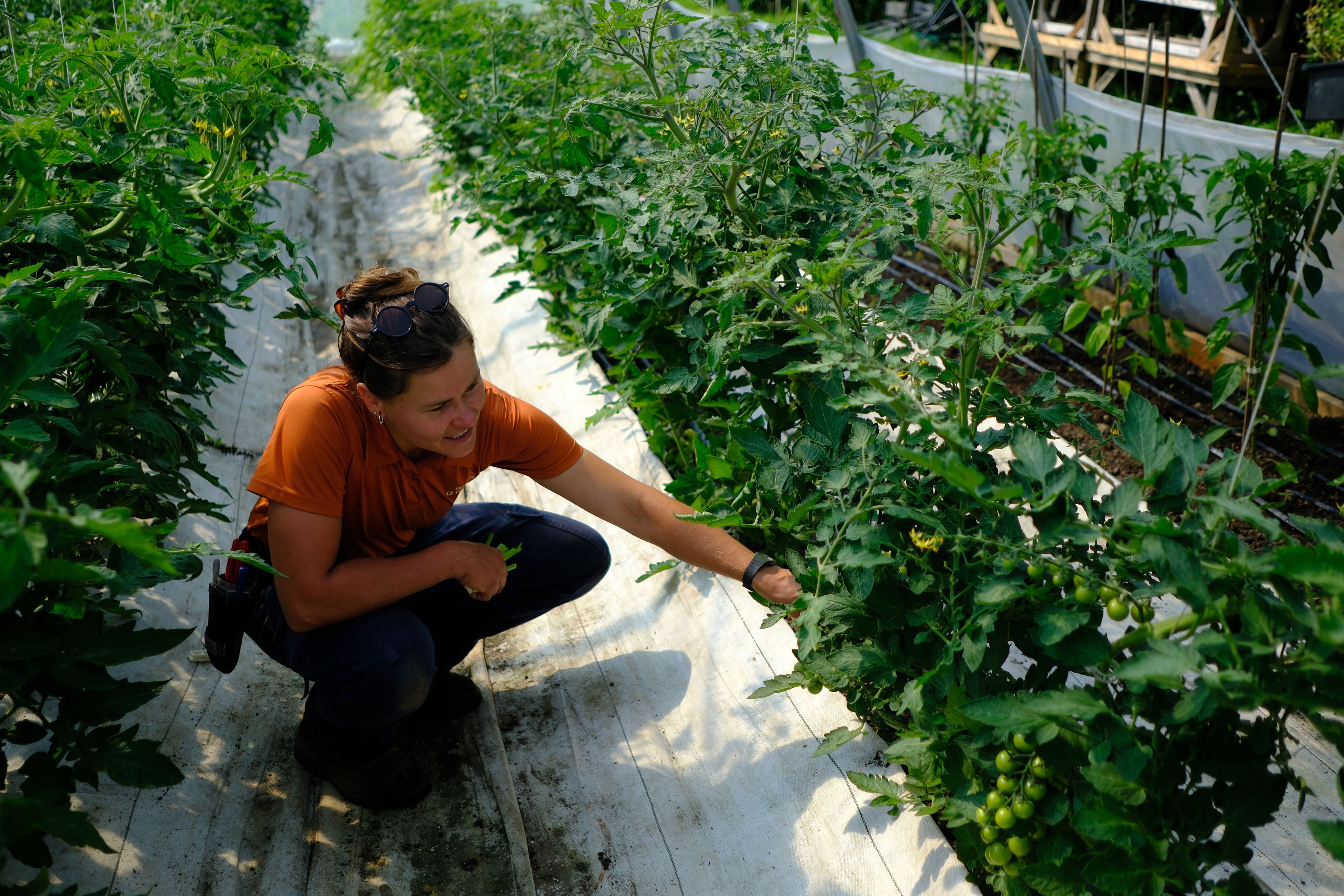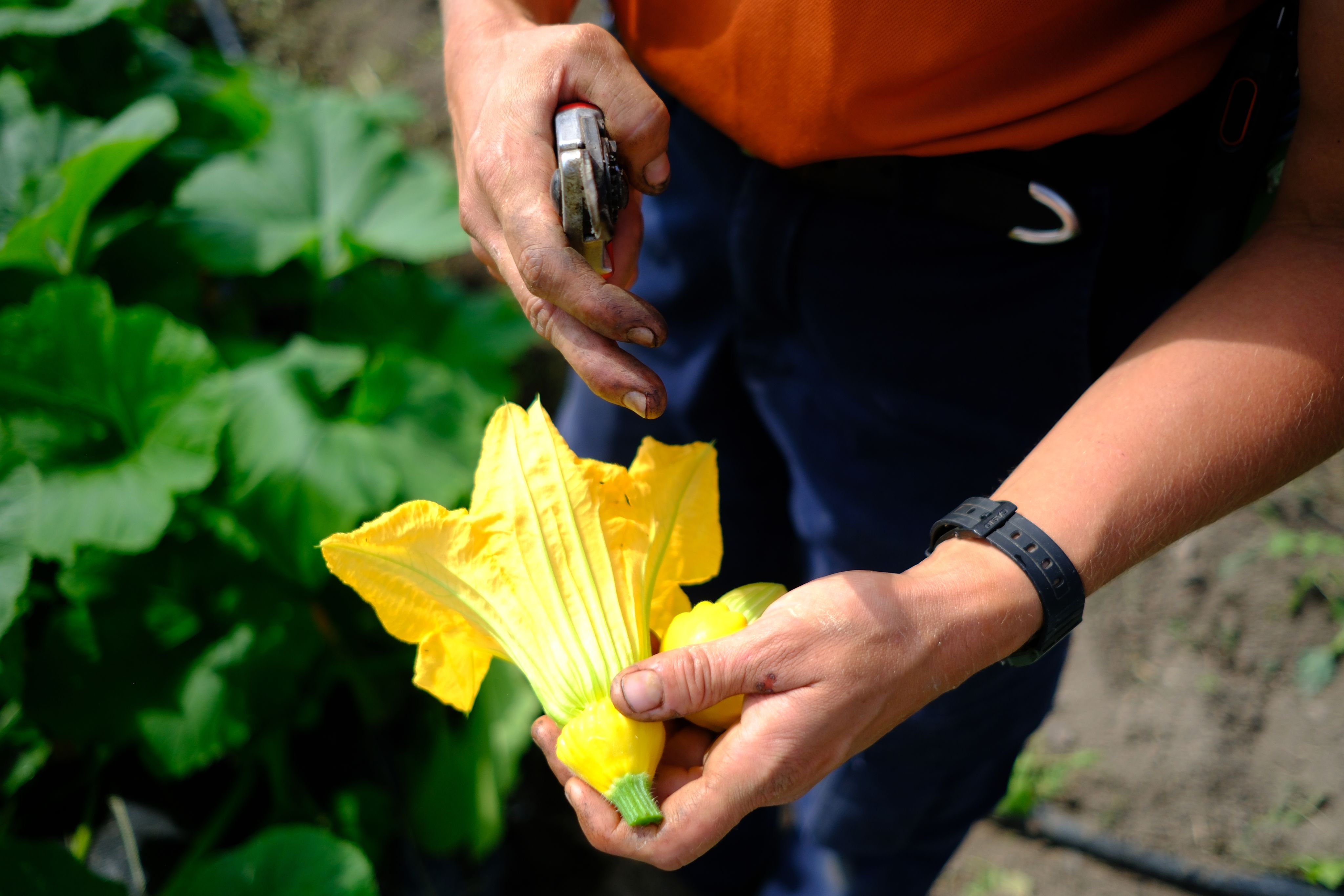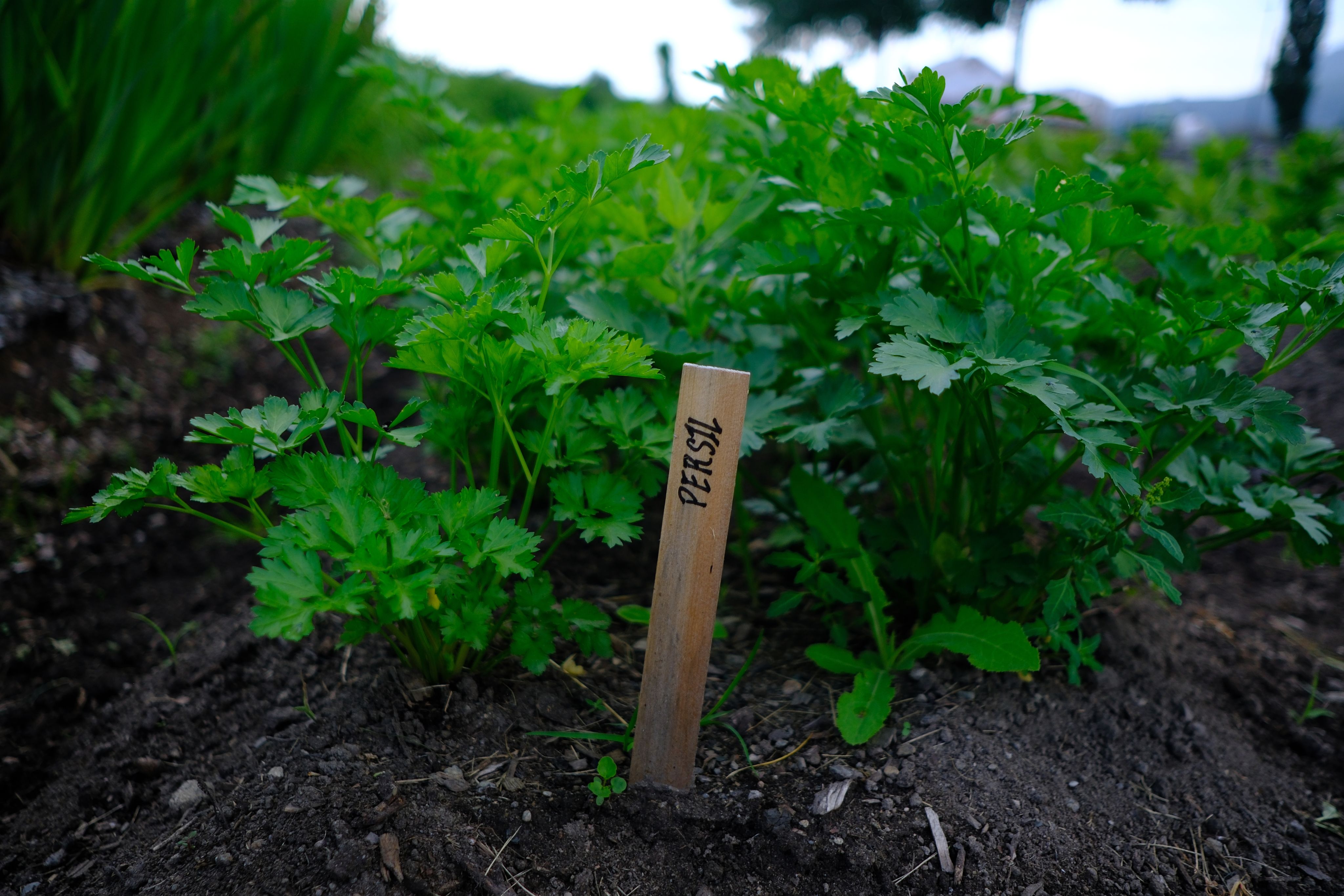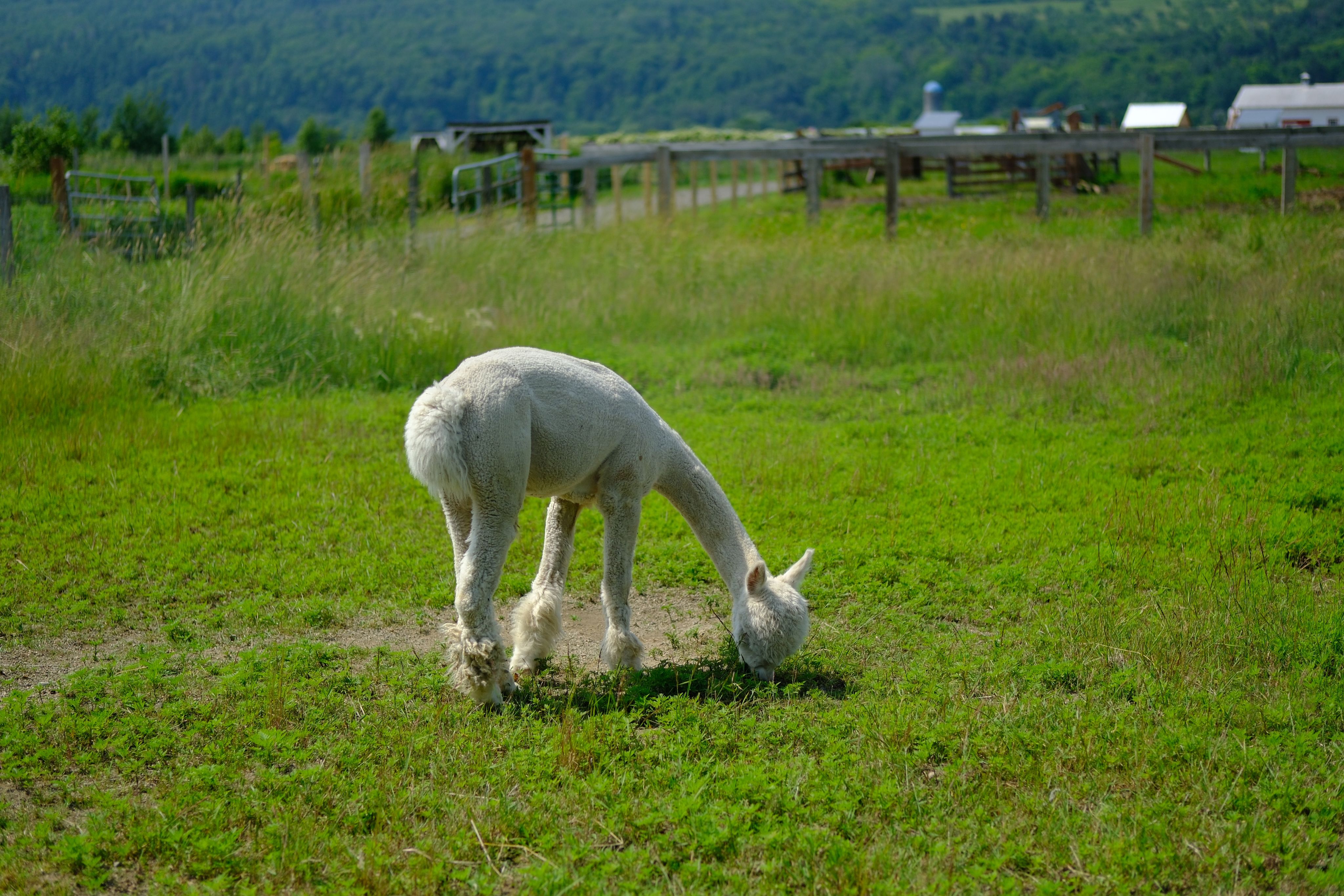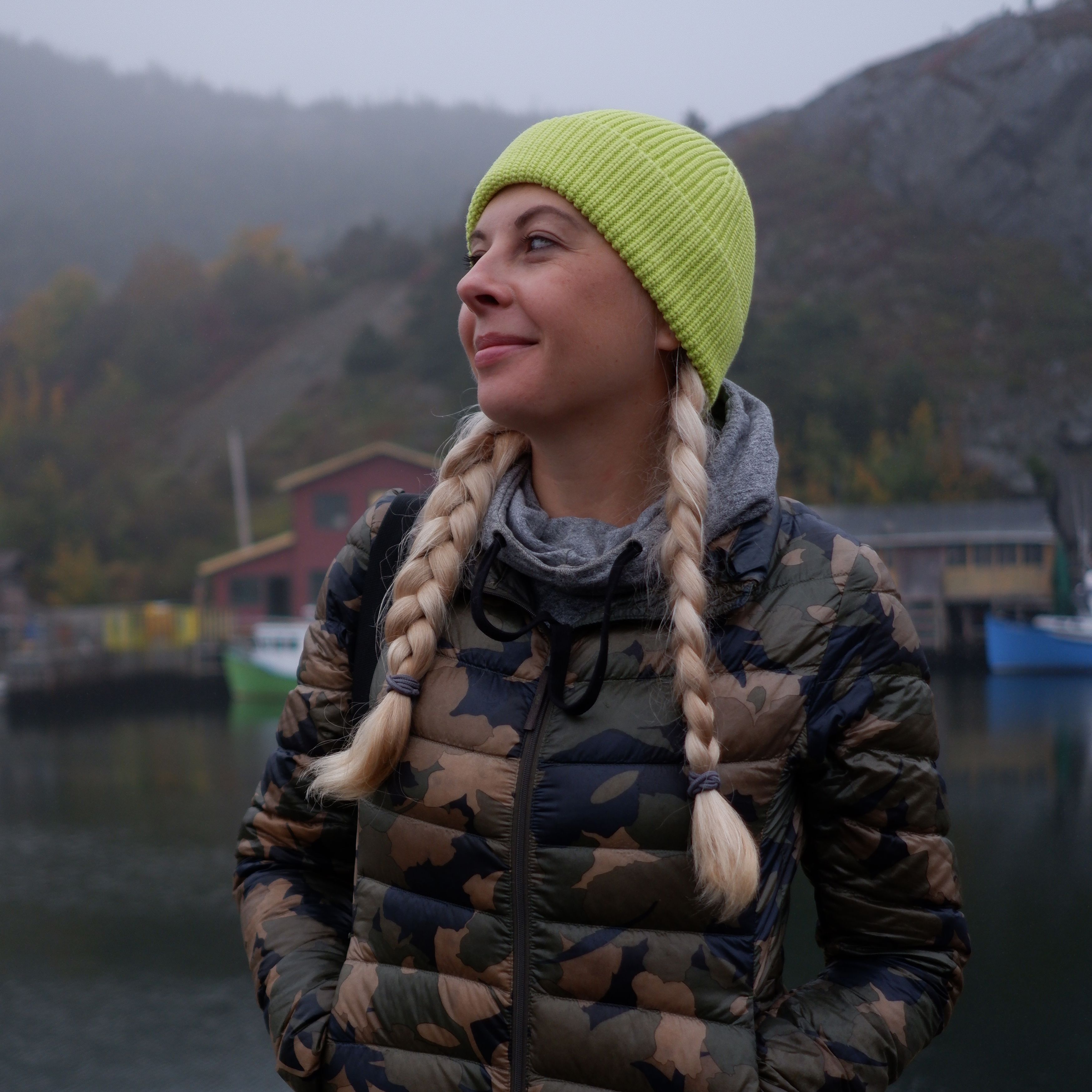Farm Fresh Luxury
Hospitality rooted in the terroir of Charlevoix
Story & Images By Kateryna Topol
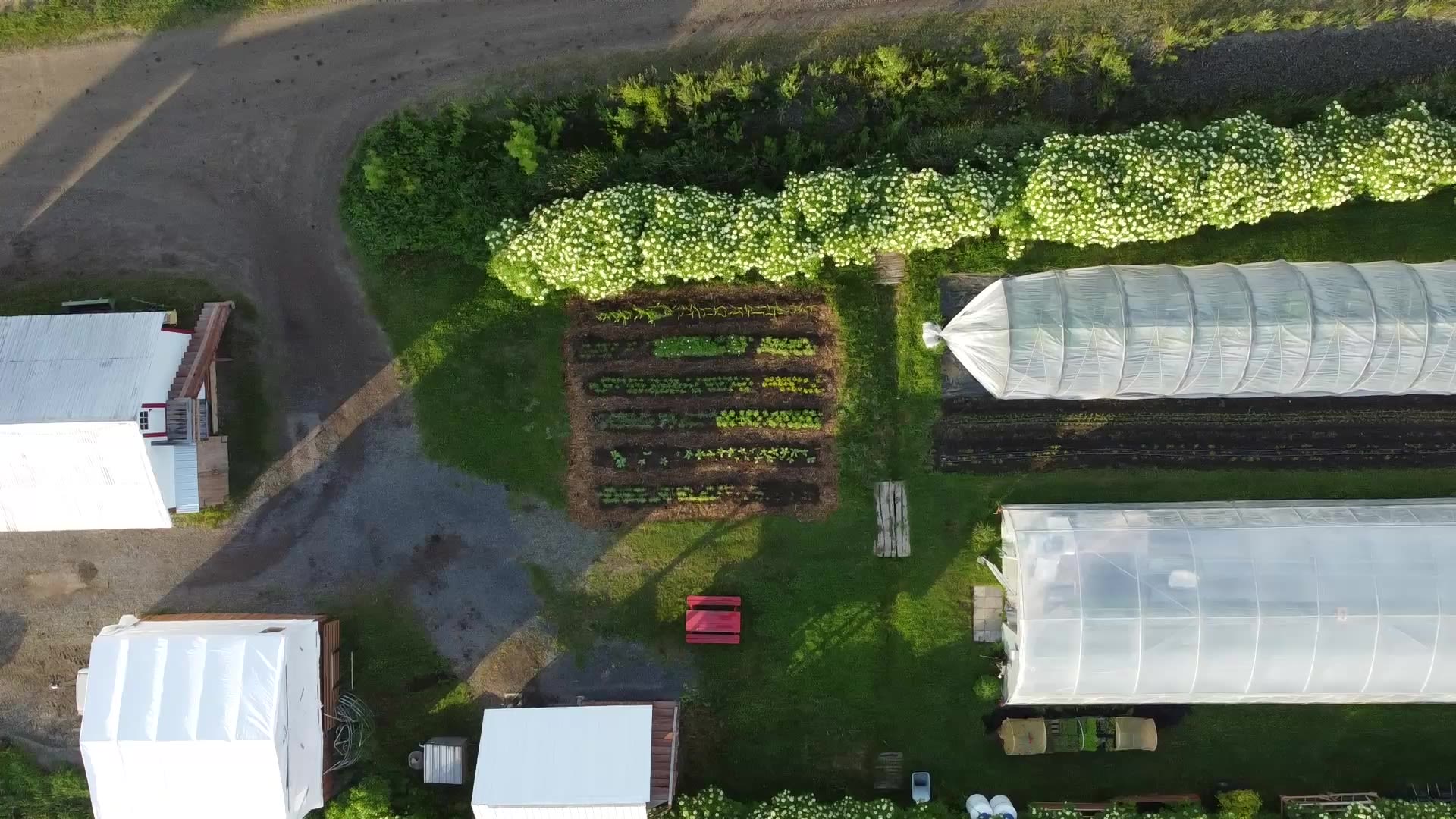
Waking up at the Hôtel & Spa Le Germain Charlevoix felt like the beginning of a Jane Austen novel.
The early morning sun gently streaming through the windows warmed my pillow. I could see the fog slowly lift from the grassy ground. The alpacas are yet to emerge, but a small cluster of highland cows is already having their grain breakfast directly in my eyesight. Unlike Austen’s heroines, my poetic mornings were undisturbed by family kerfuffle and began peacefully with a daily walk to the pasture to greet the cows before settling in for breakfast with a book.
Set on the perimeter of Baie-Saint-Paul, Québec, near the Charlevoix mountains, Hôtel & Spa Le Germain Charlevoix is an ode to local history and terroir. For nearly 80 years, the land was occupied by the religious order of Little Franciscans of Mary, who took care of the land and the patients of Hospice Sainte-Anne. The iconic wooden farm remaining was destroyed by a fire in 1997, but its features inspire the current design of this contemporary country hotel.
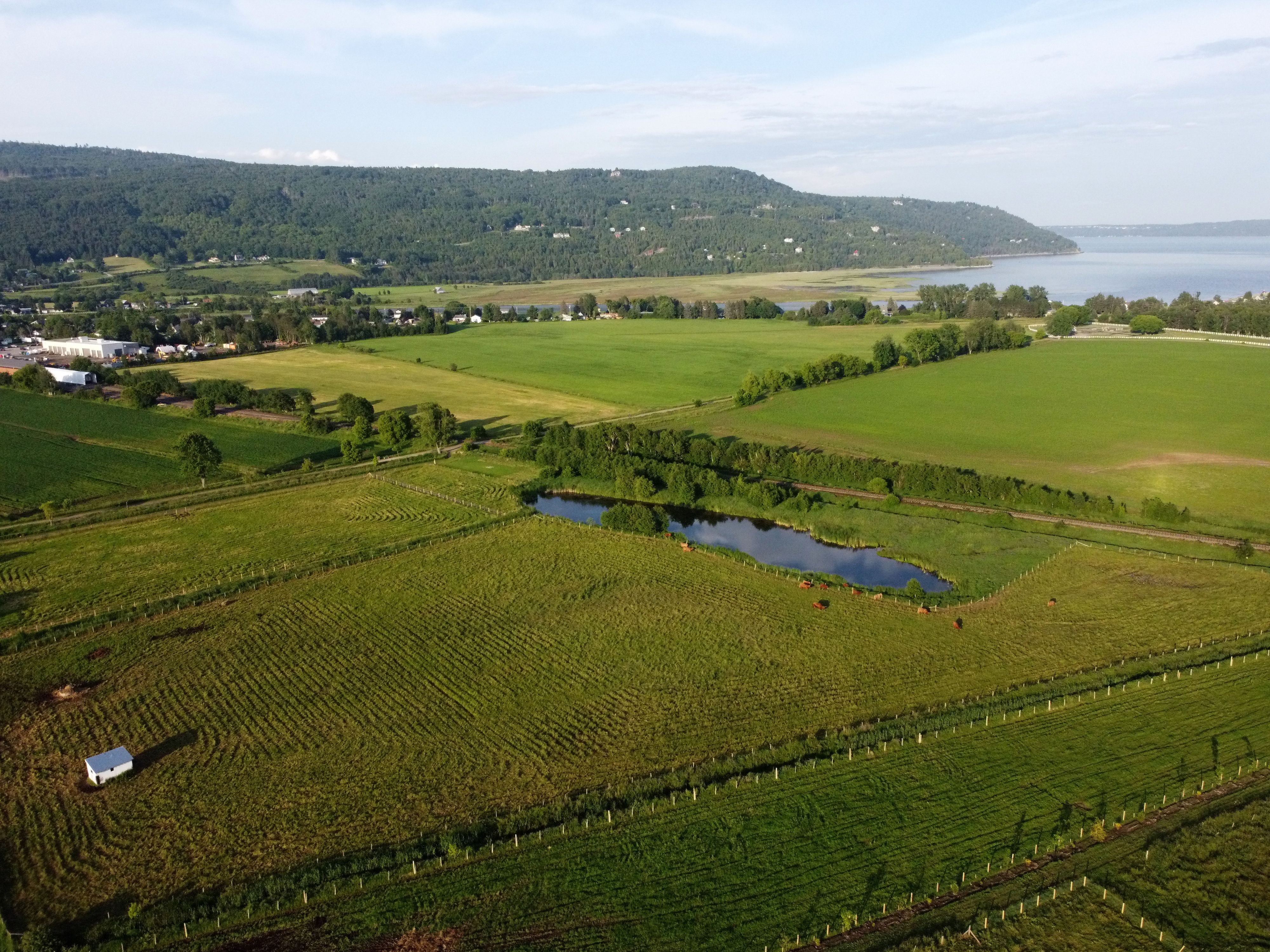
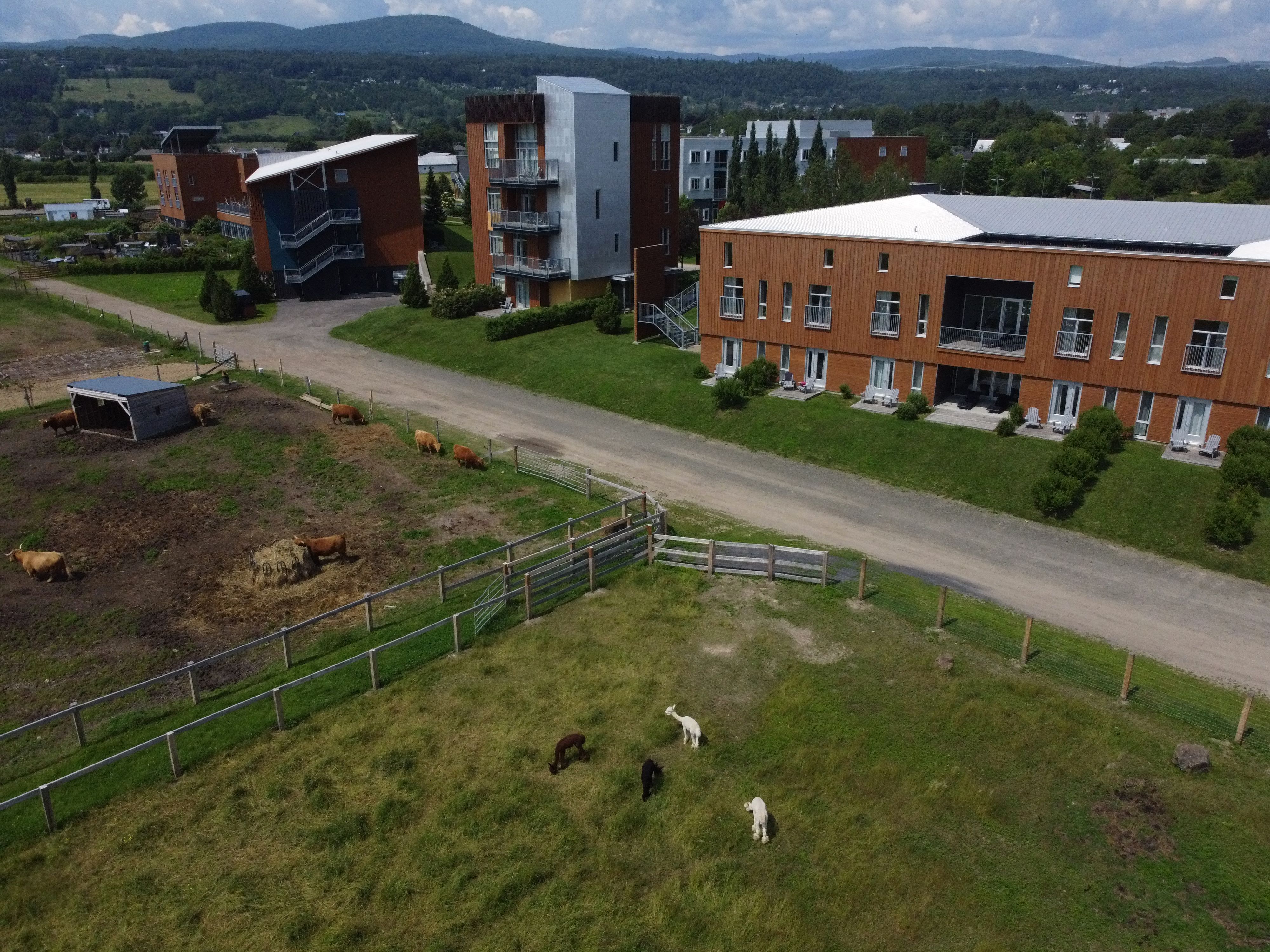
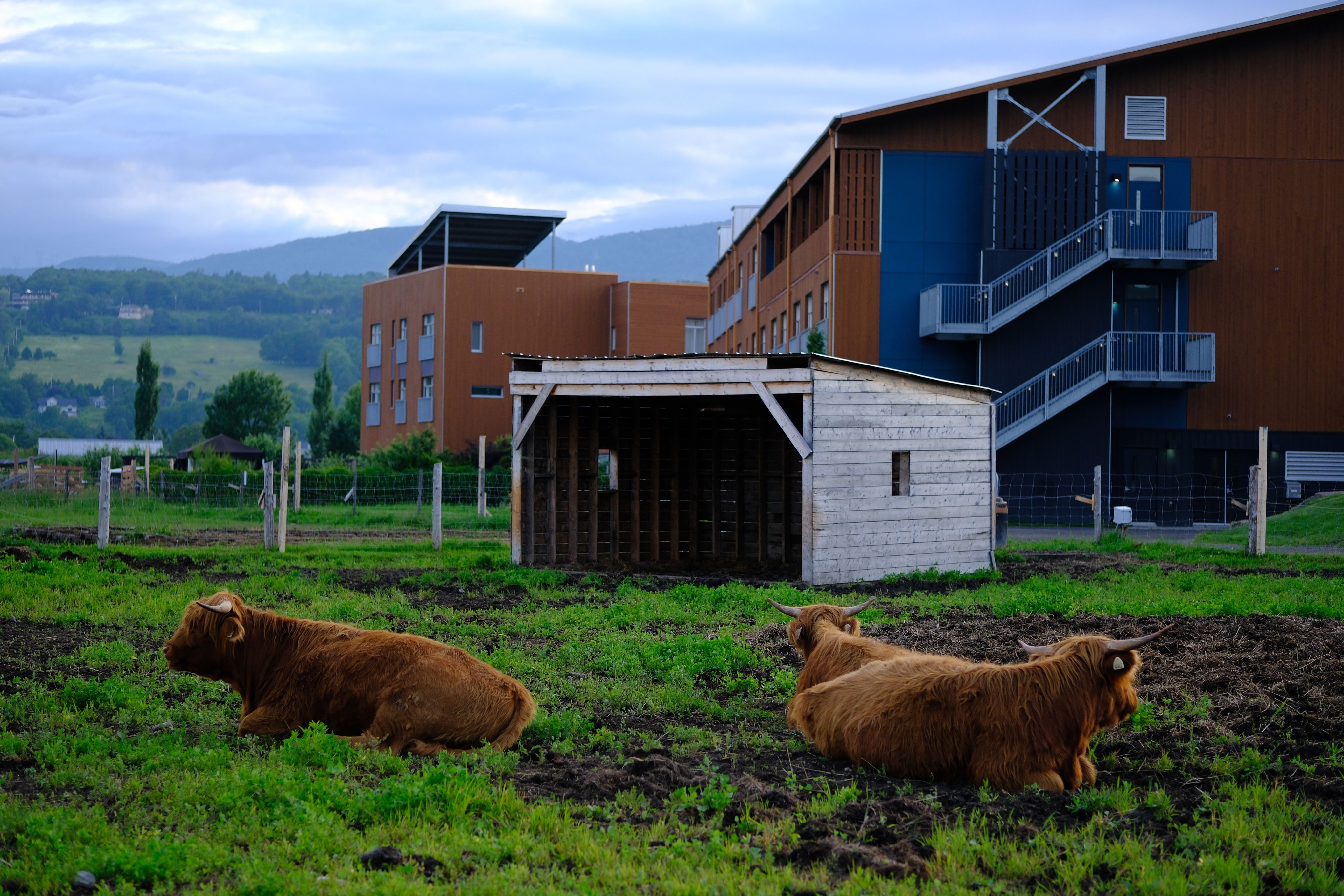

Founded by Christiane and Jean-Yves Germain, Germain Hôtels are a pillar of Canadian hospitality and a proud family business with nineteen properties across the country.
The family mandate is to “represent the history and culture of the area, use local items, and showcase the talents of local artisans”.
This vision is a constant presence throughout the chain, but Le Germain Charlevoix is where it comes to life best.
The 5,000-acre property is a working farm, a four-star hotel (which holds a MICHELIN Key), a local train terminal, and a public square.
The on-premise restaurants and spa are a destination, but the enclosed community square is where neighbours come to picnic, sit by the fire, or ice skate in the winter.
After breakfast, I made my way to the lobby to meet Virginie Lagrandeur, the hotel’s Market Gardener in Chief, one of the four women who run the farm.
Her sun-kissed face welcomed me with a friendly smile, and as she stepped forward for a handshake, my attention briefly shifted to her working hands, permanently tinted by the earth.
Virginie’s journey at the Germain started at the spa, but she always loved gardening, and soon enough, found her way into the farm.
Having already studied business administration and sustainable development, Virginie went back to school to study organic market gardening in Victoriaville (Quebec) before returning to Germain to manage the market garden.
“People think farming is all about having two hands in the ground, but it’s half about two hands in the Excel sheet,” she laughed.
Virginie handles all farm operations and collaborates on the planting schedule directly with the hotel's executive chef, Patrick Dubé.
Every year, they try something new: new varietals, new species, new growing techniques.
“This year we’re growing these little tomatoes,” she perched by a thriving heirloom cherry tomato bush.
“They cut them in half when plating for dinner,” she added, handing me a ripened fruit.
As we moved along the hectare-long garden patch, she would occasionally reach for the shears in her belt and, in one swift motion, cut loose a leaf for us to smell or an herb branch to taste.
Thirty per cent of the food on the guests’ plates comes from this garden. Some of it is served fresh, some dried and preserved for later, and anything that’s not grown on premises comes from other local farms and producers.
“We try to be self-sufficient; all pesto and tomato sauce is made with garden ingredients,” Virginie reiterated.
The herbs are grown across the property using circular horticulture, which allows for multiple harvests throughout the season.
Another hotel guest has joined us on the tour, admiring the blooming squash plants and listening in on the stories.
“This year, we have 800 squash plants,” Virginie shared. We both gasped in surprise, leaning in to look at the magnificent thicket.
The perimeter of the primary garden, which runs along the train tracks, is framed by the berry bushes: blueberries, raspberries, red and black currants, and fly honeysuckle, all pollinated by the resident beehive, courtesy of a local beekeeper.
“The berries are often used in sauces to accompany the meats,” she lifted a branch to show me the berries.
“We have a seasonal routine,” Virginie noted, “but no two days are the same because of the animals”.
The highland cows (coos) are the main attraction and occupy the majority of the pasture. They, too, have a routine. The coos closest to my window are new or expecting mothers, separated from the bigger herd to allow the team to keep a close eye on them. The coos move further away along the perimeter throughout the day, settling in for the night closer to the tree line.
The garden corner of the farm is home to lambs, ducks, chickens, and rabbits. And in the summer, Le Germain Charlevoix also welcomes a few lazy alpacas.
Like most guests, my daily walk included a stroll past the animal enclosures, passing the time observing them in their natural bliss.
The majority of the animals are kept for “symbolic and educational purposes,” Chef Patrick Dubé shared. “A limited number of our lambs and cattle are used in the kitchen for signature dishes like our famous spaghetti sauce and beef bourguignon”.
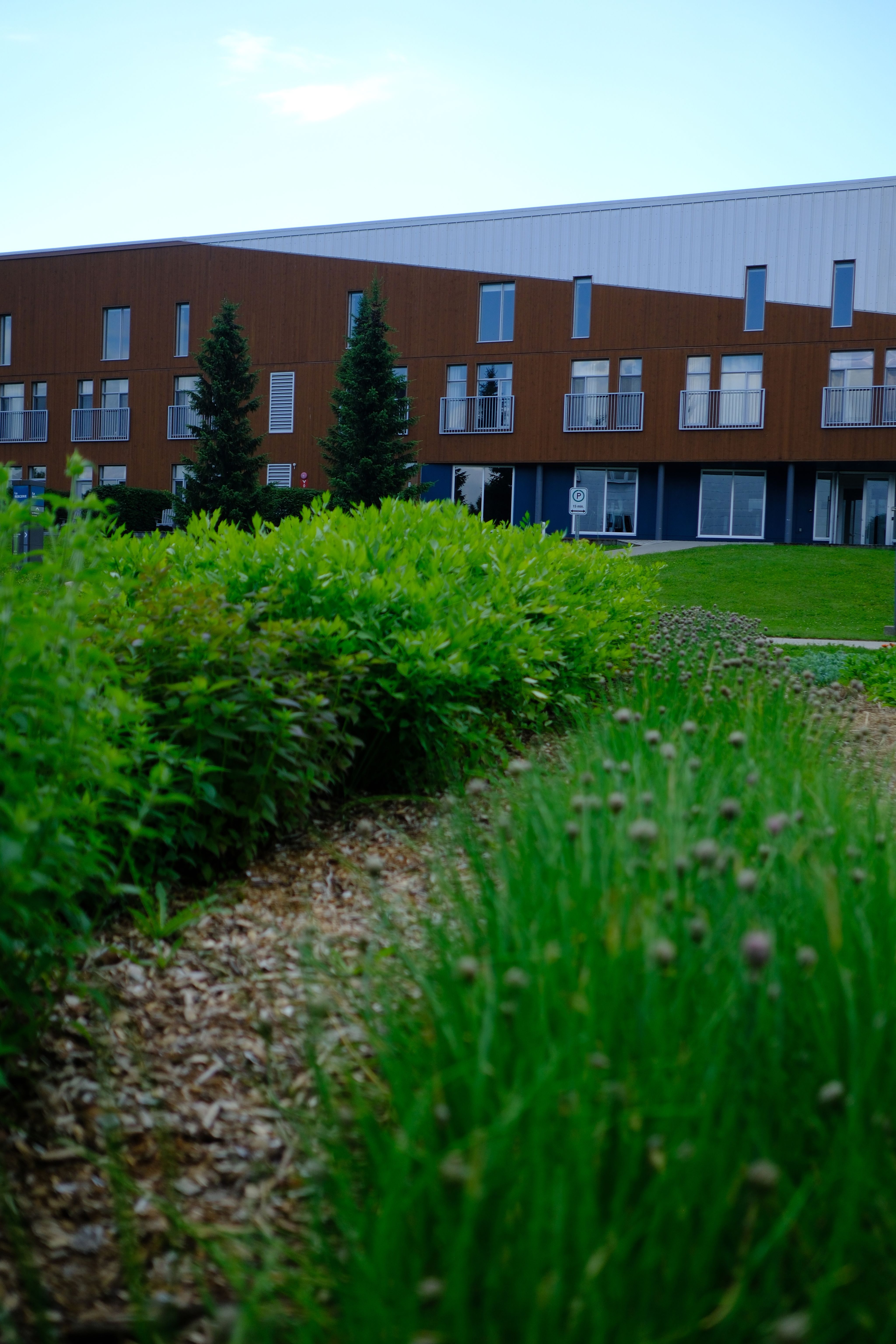
From the very start, Germain Hôtels have been pioneers in sustainable development, and this farm property is no exception.
“The circular economy is at the heart of everything we do,” Chef Patrick echoed Virginie’s words.
Farm and table scraps are collected for compost and then redistributed to local residents free of charge by the Charlevoix Municipality (MRC de Charlevoix).
“For context, this year we produced 15 tonnes of compost from food waste collected in the kitchen, garden trimmings, and vegetable crop residues,” he added.
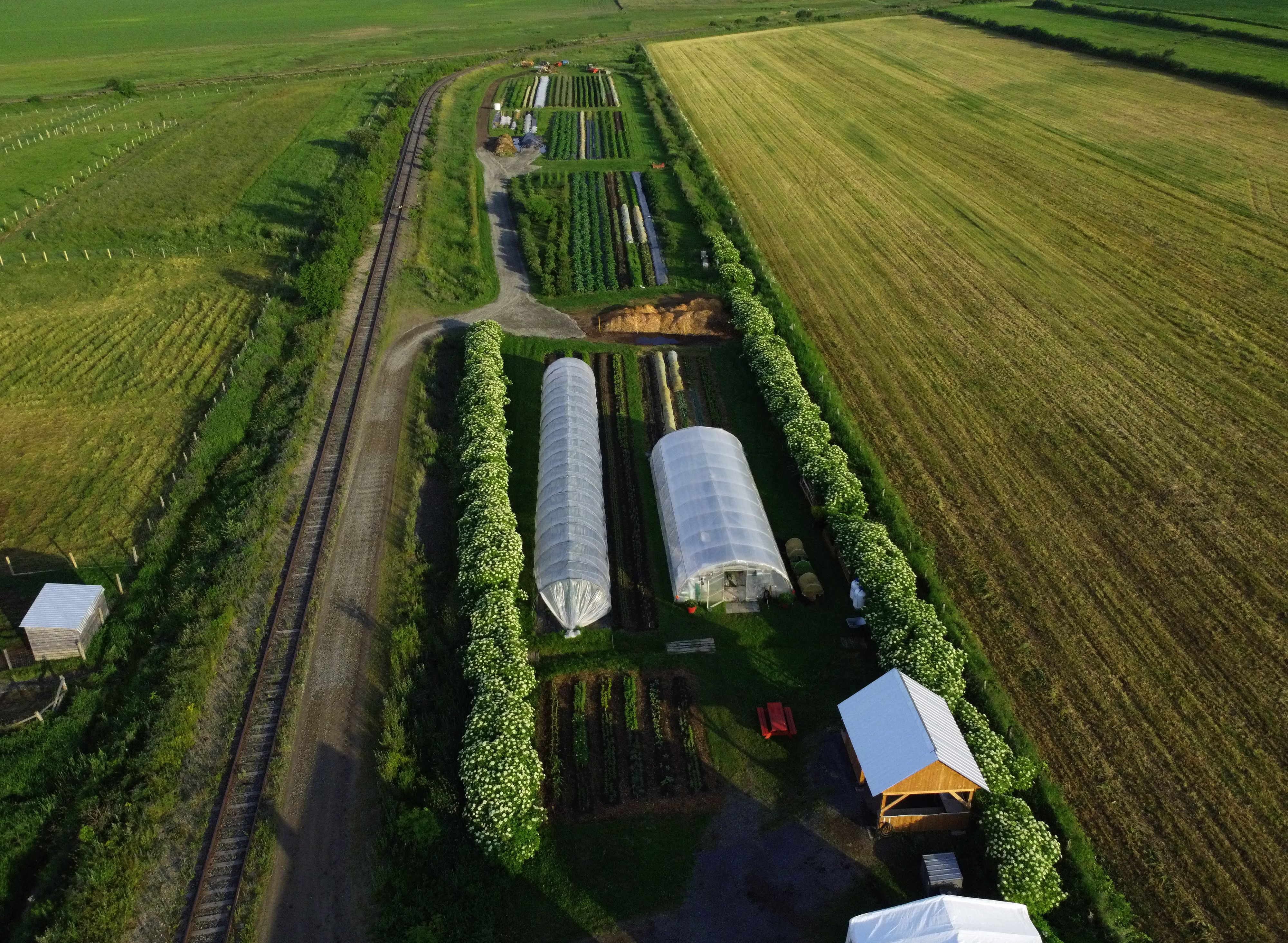
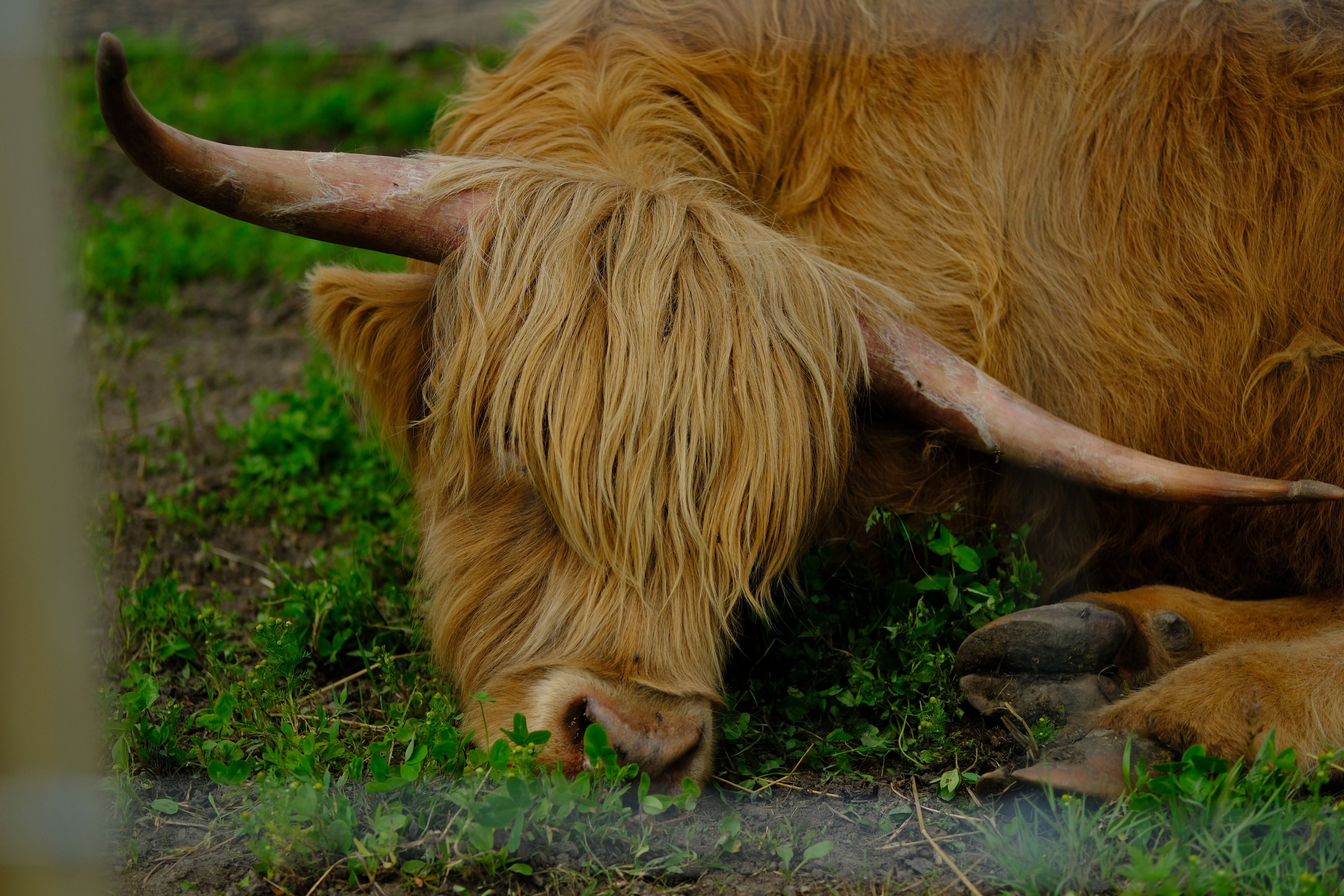
A short walk away from the open farm fields, in a dimly lit room, spruced-up hotel guests and neighbours flip through the menus.
Les Labours is Chef Patrick’s signature restaurant, with dishes grouped into Earth (mushrooms, artichokes, garden vegetables), Sea (trout, oysters, lobster), and Farm (foie gras, squab, beef).
Each dish is a showcase of local, seasonal ingredients, artfully plated in the open kitchen.
Le Bercail, on the other hand, serves more casual offerings like fresh pizza and terroir boards, all similarly reflective of their place of origin and their maker.
Between the hum of the restaurant and the quiet of the fields, guests gather by the fireplace, sipping wine and soaking in the star-studded sky.
“I can see myself easily spending a week here,” I told Virginie.
“Or ten years,” she chuckled.
Kateryna Topol
Toronto-based travel writer, photographer, and content creator. Kateryna’s bylines appear in DreamScapes Magazine, EXPLORE, Jetsetter HK, AZURE Road, TravelWorld International, Low Season Traveler UK, and more.
She is the founder of an online travel magazine pathstotravel.com, North American music magazine, QuipMag.com, and a chapter lead for Travel Massive Toronto.
Step into Canada's Golden Hour
